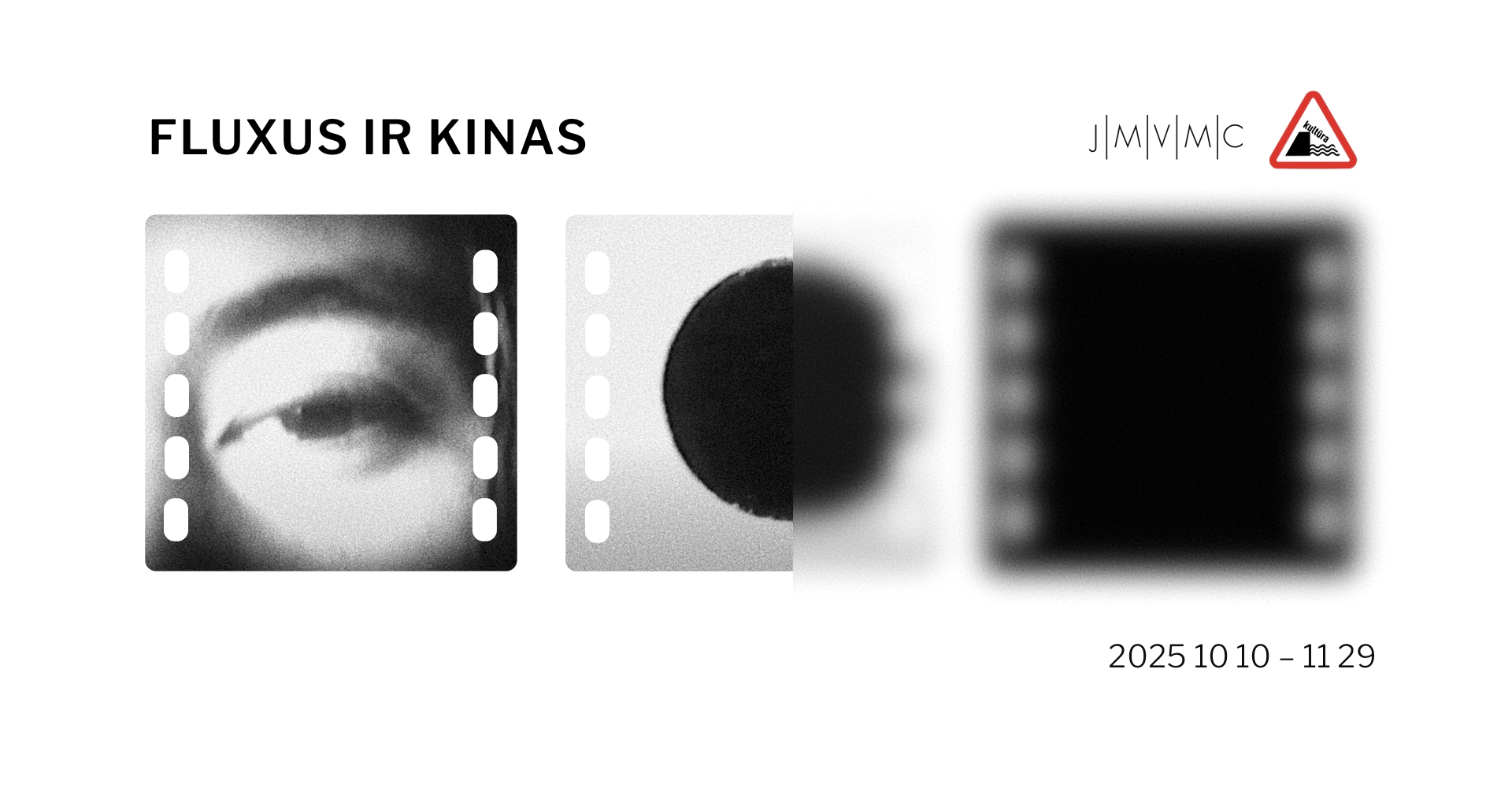2009 02 10. „Projektoriaus” vasario – kovo filmų programa
– Garde Film 1894-1941 Part 2.
vasario 7d. 19val.
Viva la dance
The beginnings of cine-dance
Dance and film have shared the aspiration to creatively sculpt motion and
time. Some of the first films ever made featured Annabelles skirt dance,
hand-painted in glowing colors. Isadora Duncan and Ruth St. Denis
innovations found their way into Diana the Huntress (1916) and The Soul of
the Cypress (1920). Highly cinematic renditions of dance evolved in Stella
Simons Hande (1928), Hector Hoppins La Joie de vivre (1934) and Busby
Berkeleys „Dont Say Goodnight” from Wonder Bar (1934). In conterpoint,
cine-dance experiments by Ralph Steiner, Mary Ellen Bute, Oskar
Fischinger, Douglass Crockwell, Slavko Vorkapich and Norman McLaren
dispensed with actual dancers in favor of color, shape, line and form
choreographed into abstract light-play.
Vasario 21d. 19val.
The devils plaything
American surrealism
Edwin S.Porter and other early filmakers used bizarre sets, fantastic
costumes and magic lantern tricks to illuminate their fantasy films.
American parody supplied Douglas Fairbanks with enough unusual material to
produce the truly surreal When the Clouds Roll By (1919). The
expresionistic Cabinet of Dr. Caligari (1919) influenced American
sensibilities throughout the 20s as seen in Beggar on Horseback (1925),
The Life and Death of 9413 – A Hollywood Extra (1927) and The Telltale
Heart (1928). The emphasis shifted when amateurs J.S. Watson, Jr., Joseph
Carnell and Orson Welles crafted a unique variety of American surrealism
on film unfettered by European concerns.
Vasario 28d. 19val.
The amateur as auteur
Discovering paradise in pictures
These homemade films incorporate avant-garde strategies and techniques to
achieve a true sense of cinematic intimacy. Glimpses of life caught
unawares are found in the home movies of Elizabeth Woodman Wright, Archie
Stewart, Frank Stauffacher and John C. Hecker. Poetic lyricism finds a
voice in city symphonies: Lynn Riggs and Hames Hughes A day in Santa Fe
(1931) and Rudy Burckhardts Haiti (1938). Professionally minded films,
Theodore Cases sound tests (c.1925) and Lewis Jacobs Tree Trunk to Head
(1938) operate from a similar homespun perspective of sincerity. Joseph
Cornell offers an enigmatic but lovely homage to childhood with Children
Trilogy (c.1938).
Kovo 7d. 19val.
Light rhythms
Music and abstraction
The rhythmic elements of cinema are explored by artists and filmakers
fascinated by the abstract qualities of light. The American authors of
avant-garde classics Le Retour a la raison (1923), Ballet mecanique
(1923-24), Anemic cinema (1926) and Une nuit sur Le Mont Chauve (1934) are
finally acknowledged for their seminal artistic achievements made in
Europe. Pioneer abstract films by Ralph Steiner, Mary Ellen Bute, Douglass
Crockwell, Dwinell Grant and George Marris are compared and contrasted
with Hollywood montages created by Ernst Lubitsch, Slavko Vorkapich and
Busby Barkeley. For the first time on video, composer George Antheils
original 1924 score accompanies Fernand Leger and Dudley Morphys film
Ballet mecanique, a truly avant-garde cacophony of image and sound.




Parašykite komentarą